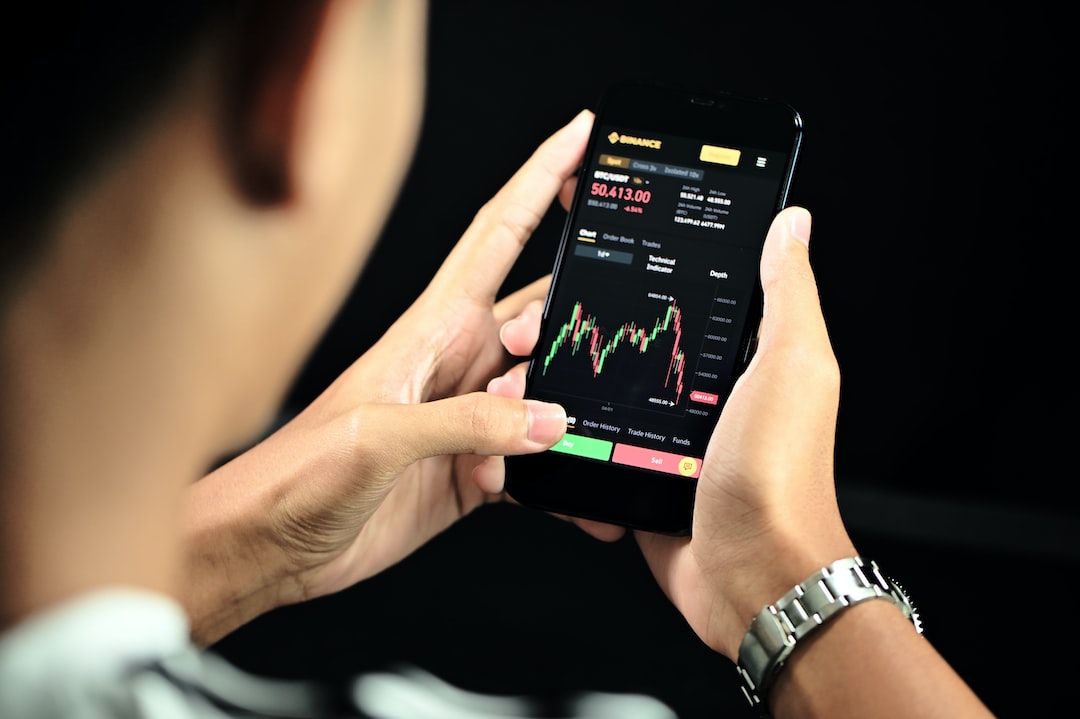XRP, Bitcoin, And Ethereum Are All in a High-Risk Zone Right Now
Data from on-chain analytics firm Santiment suggests that XRP, Bitcoin, and Ethereum are currently in a high-risk zone compared to their historical averages. The key metric of interest is the “Percent of Total Supply in Profit,” which tracks the percentage of the total circulating supply of a cryptocurrency with unrealized profit.
The Percent of Total Supply in Profit calculates this by analyzing the transaction history of each coin to determine its profit-loss status. If the last transfer price of a coin was lower than its current spot value, it is considered to be in profit. The indicator adds up all such profitable coins and calculates their percentage of the total supply.
Understanding the Trend
A chart displaying the trend in the Percent of Total Supply in Profit for Bitcoin, Ethereum, and XRP over recent years demonstrates that these assets have consistently remained within an average range of 55% to 75% supply in profit since 2018. However, they are currently above this range, indicating that they are inside a high-risk zone.
Santiment suggests that while cryptocurrencies can still experience growth due to ETF exposure and positive news, a breach below 75% of their supplies in profit would imply continued long-term growth.
XRP Price Concerns
XRP has struggled to recover from its crash earlier this month, with its price still hovering around $0.56. Given the current high supply in profit, there may be further pain ahead for XRP holders.
Hot Take: XRP’s Risky Position Calls for Caution
Data reveals that XRP is currently in a high-risk zone based on its supply in profit. This raises concerns about potential downward pressure on its price. While cryptocurrencies can still experience growth, breaching the 75% supply in profit level would indicate a more favorable long-term outlook. XRP’s inability to recover from its recent crash and the persistently high supply in profit suggest caution for investors. It remains to be seen whether XRP can overcome these challenges and regain its momentum.





 By
By
 By
By
 By
By
 By
By
 By
By
 By
By